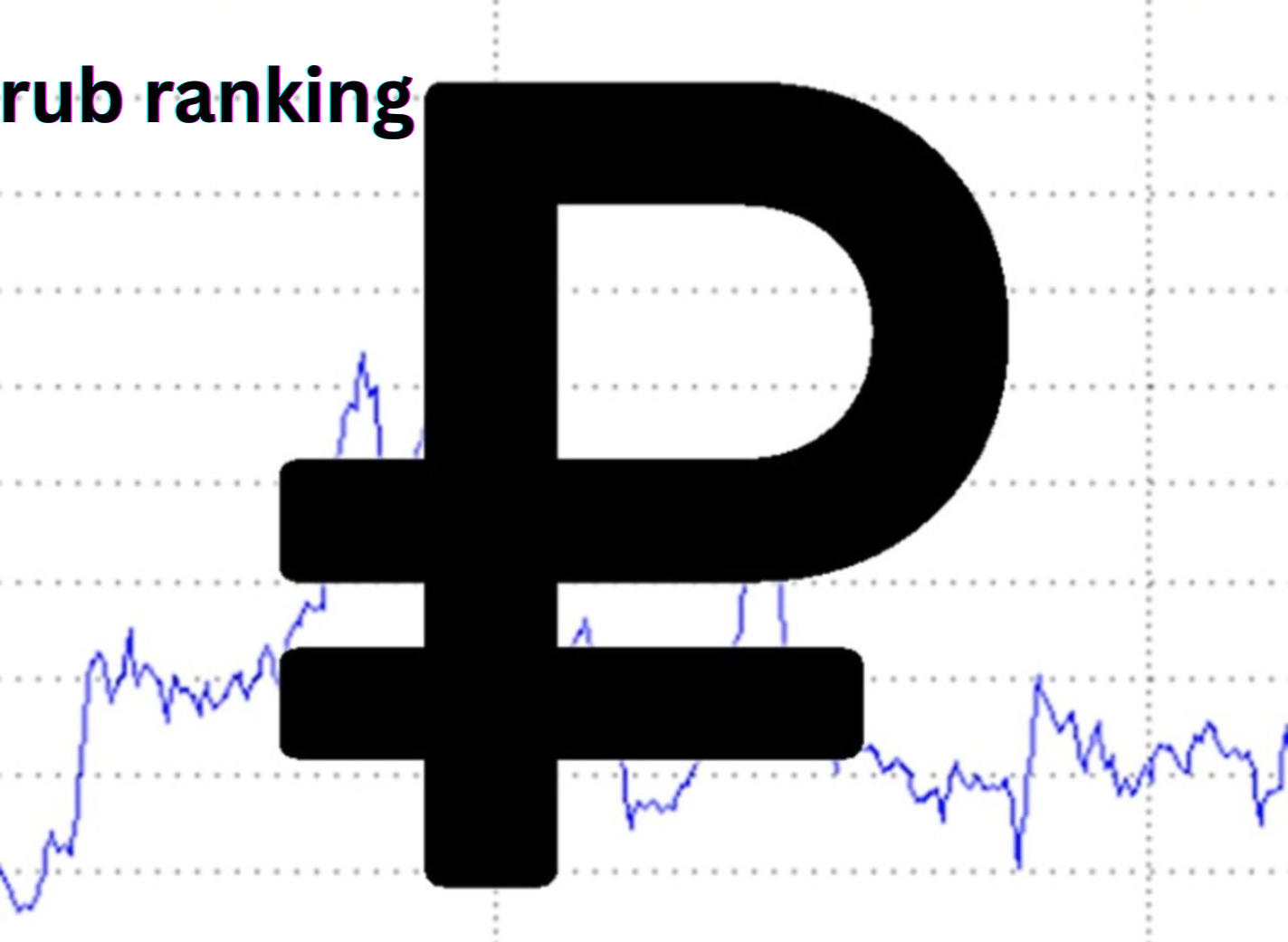In today’s data-driven world, metrics are the heartbeat of performance evaluation. Among the evolving systems of measurement and assessment, rub ranking has emerged as a novel and increasingly relevant metric. Whether you’re navigating marketing performance, gamified systems, or user-based platforms, rub ranking offers a nuanced way to gauge impact and performance. It acts not only as a benchmark for comparison but also as a dynamic feedback tool for improvement.
Understanding rub ranking can empower businesses, creators, and professionals to gain deeper insights into their strategies and performance. While it might appear as just another statistical measure, it often encapsulates layers of user behavior, engagement, and strategic success that other ranking systems miss. With the right knowledge and approach, rub ranking can be harnessed to drive real results and better decisions.
In this comprehensive guide, we’ll demystify the concept of rub ranking, explore how it works, delve into its applications, and provide actionable tips for improvement. By the end, you’ll have a clear understanding of how rub ranking can be a game-changing tool in your arsenal. Whether you’re a marketer, developer, analyst, or digital strategist, this article will equip you with the insights you need to navigate and master rub ranking effectively.
What is Rub Ranking
Rub ranking is a performance metric designed to evaluate and rank entities—be they products, people, content, or services—based on a combination of qualitative and quantitative factors. While the exact origin of the term may vary across industries, the term “rub” often symbolizes a friction or interaction point, making rub ranking a measure of influence, activity, or value derived from interactions.
At its core, rub ranking aggregates multiple performance indicators into a single, interpretable score or position. These indicators can include user engagement metrics (like likes, comments, clicks), performance efficiency (conversion rates, ROI), or even peer evaluations. The system is often dynamic, with rankings updating in real-time or at regular intervals based on new data.
Unlike traditional rankings that rely heavily on fixed metrics like total views or raw sales numbers, rub ranking is more holistic. It considers the quality of performance over mere quantity, factoring in consistency, relevance, and contextual behavior. For instance, a marketing campaign that generates fewer but more engaged leads may rank higher in a rub-based system than one with broader but less impactful reach.
Rub ranking also differs from leaderboards or scoring systems that follow simple accumulation rules. It emphasizes influence, contribution, or efficacy in ways that require interpretation and strategy. In this way, rub ranking serves as a powerful tool to promote quality over quantity and reward strategic excellence over brute-force results.
Importance and Applications of Rub Ranking
Rub ranking has found relevance across multiple domains due to its adaptability and nuanced evaluation approach. In digital marketing, rub ranking is used to assess campaign effectiveness not just by reach but by meaningful interactions. Instead of merely counting how many users clicked on an ad, rub ranking might incorporate how long they stayed, whether they returned, and if they converted—providing a richer picture of campaign success.
In gaming and online communities, rub ranking has transformed how users are rewarded. Games use it to rank players not just based on wins but on sportsmanship, cooperation, and strategic play. This not only fosters a healthier community but also encourages behaviors aligned with long-term engagement rather than short-term gains.
Educational platforms use rub ranking to evaluate peer-submitted assignments or collaborative projects. Here, rub ranking can measure contribution quality, peer feedback, and learning outcomes, rather than test scores alone. This makes evaluations more comprehensive and aligned with real-world performance.
Startups and product-based businesses are also leveraging rub rankings in competitive intelligence. By comparing their products against competitors based on multi-dimensional rubrics—such as customer satisfaction, user retention, and feature usefulness—they gain insights beyond market share. In essence, rub ranking has become a versatile, cross-industry standard that pushes individuals and organizations to think beyond traditional success metrics and strive for excellence across the board.
How to Improve Your Rub Ranking

Improving rub ranking starts with understanding the factors that influence it. Since rub rankings often involve multi-dimensional evaluations, you need a strategic approach to touch every metric that matters. For businesses, this might mean enhancing customer experience, improving feedback loops, and ensuring consistent performance across all channels. For individuals or content creators, this could involve boosting audience engagement, maintaining consistency in content quality, and actively responding to feedback.
One of the most effective strategies is to leverage data analytics tools. Platforms like Google Analytics, SEMrush, or domain-specific dashboards can help you track performance indicators that feed into rub rankings. These tools provide insights into areas where you’re doing well and highlight gaps that need attention. Once you identify weak spots, create targeted improvement plans to close them.
Another essential aspect is consistency. Rub rankings often weigh steady performance more favorably than sporadic spikes. This means it’s better to maintain high engagement over time than to have occasional viral moments. Build a content or performance schedule that allows you to maintain quality at scale.
Engaging your audience authentically is also crucial. Whether it’s replying to user comments, refining features based on reviews, or co-creating solutions with customers, meaningful interaction boosts rub ranking. Avoid shortcuts or manipulative tactics like clickbait or fake reviews, as most rub ranking algorithms penalize inauthentic behavior. Instead, focus on genuine impact, and your ranking will rise naturally and sustainably.
Rub Ranking Systems: Types and Variations
Rub ranking is not a one-size-fits-all system. Depending on the industry or platform, the mechanics of rub ranking can vary significantly. One common type is the weighted rub score, where each performance metric is assigned a weight based on its importance. For example, customer satisfaction might account for 40% of a product’s rub score, while user retention counts for 30%, and technical performance makes up the remaining 30%.
There’s also the dynamic rub ranking, which updates in real-time as new data is collected. This is popular in social platforms and competitive gaming, where rankings shift constantly to reflect ongoing performance. Dynamic systems require active participation and responsiveness, making them particularly engaging for users.
Another variation is peer-evaluated rub ranking, often seen in academic or collaborative environments. Here, individuals are ranked based on evaluations from their peers or team members. This introduces a subjective layer, but when managed properly, it can reflect leadership, cooperation, and influence better than numeric-only systems.
Some platforms introduce gamified rub rankings, incorporating badges, levels, or rewards to keep users motivated. These systems often combine performance with engagement incentives, creating an addictive loop that encourages ongoing interaction.
By understanding which type of rub ranking you’re working with, you can tailor your strategies accordingly. Each system has its own quirks and levers, and mastering them allows you to outperform competitors who are simply guessing.
Criticisms and Limitations of Rub Ranking
While rub ranking is powerful, it’s not without its critics. One major concern is transparency. Because rub ranking systems often involve complex or proprietary algorithms, users may not fully understand how their scores are calculated. This lack of transparency can lead to frustration, especially when rankings fluctuate without clear cause.
Another issue is bias and subjectivity. In systems that involve human evaluation—like peer rankings or user reviews—personal bias can skew results. Even automated systems may inherit bias if they’re trained on flawed data sets. This can result in unfair rankings or reinforce existing inequalities.
Moreover, rub rankings can inadvertently encourage gaming the system. If users figure out which actions boost their rank, they might focus on quantity over quality or prioritize behaviors that look good on paper but lack genuine value. This undermines the integrity of the system and can create a poor experience for others.
Finally, there’s the challenge of context loss. Rub ranking simplifies complex performance into a single score or position. While this makes comparison easy, it can strip away important context—such as why someone performed poorly or under what conditions success was achieved.
For rub ranking systems to evolve and remain relevant, developers and administrators must address these issues through better transparency, fairer algorithms, and mechanisms to retain contextual nuance.
Conclusion
Rub ranking offers a modern, multifaceted approach to evaluating performance across industries. By blending qualitative and quantitative measures, it creates a more comprehensive and fair picture of success. Whether you’re a business leader, content creator, educator, or gamer, understanding rub ranking allows you to fine-tune your strategies and achieve greater impact.
While no system is perfect, rub ranking stands out for its adaptability and depth. With the right tools, consistent effort, and focus on quality, you can use rub rankings not just to measure progress but to drive it. As industries continue to embrace data-rich evaluations, mastering rub ranking could be your competitive edge.
FAQs
What does rub ranking actually measure?
Rub ranking measures a combination of engagement, performance, and influence, depending on the platform or context. It’s a holistic score designed to reflect true impact.
Is rub ranking used in professional settings?
Yes, rub ranking is used in marketing, gaming, education, and even product development for comparative performance analysis and strategic improvement.
Can rub ranking be manipulated or gamed?
While possible, most systems are designed to detect and penalize manipulation. Genuine, consistent effort is the best way to improve rub ranking.
How do I know if my rub ranking is accurate?
Use analytics tools to track your performance metrics and compare them to your rub score. Discrepancies may indicate hidden factors or algorithm changes.
Are there free tools to calculate or track rub ranking?
Some platforms provide built-in dashboards, while third-party tools like Google Analytics and social media insights can help infer rub-related data.
You May Also Read: https://techbusinessus.com/




